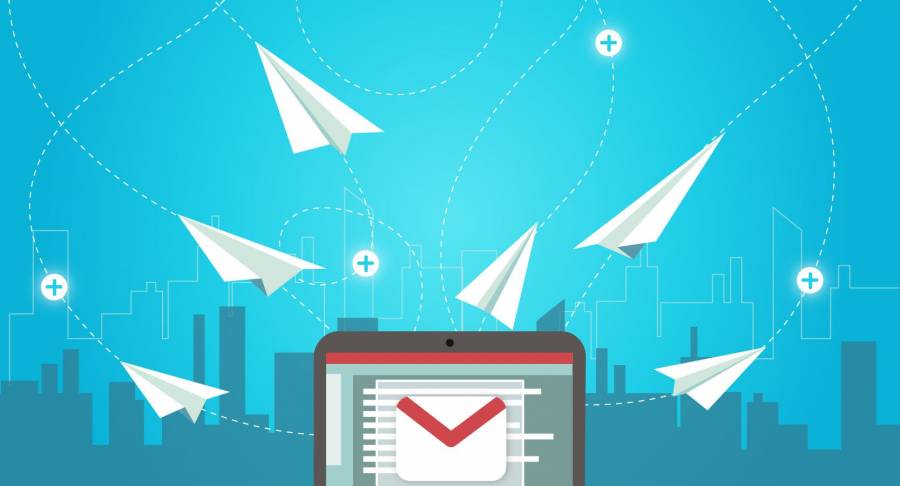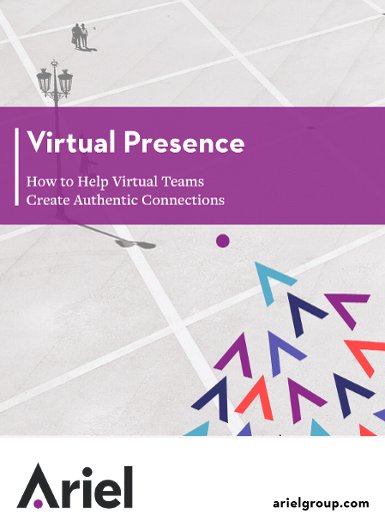How to Drive Action Through Your Writing

How many of your e-mails do you read—really read? And of those, how many inspire real action? Lots are unwanted. Lots are long. The subject line helps you figure out which to trash, and the first sentence or two lets you know whether to pay attention. Most people have more tasks than time, and the result is a hastily scanned inbox.
If we can’t tell what point a writer’s driving at, or don’t have a reason to believe it’s important, we’ll focus elsewhere. The work day (and our mental energy) is limited. We need to conserve resources for what we think is worth doing.
So—do you want your requests completed? The first step is to write e-mails worth reading, every word, all the way through.
1. Start with the right tone so they read your message at all.
If your e-mail begins with a demand or a vague ramble, it won’t just annoy people; it’ll drive them to abandon your message. A more effective action request is polite and direct. While there’s no formula that fits every situation, you can start right by considering what your particular readers need and expect.
What greetings might they prefer? Is “Hi” the best for new senior prospects? Are they waiting for your e-mail, or will they be surprised? Do they need to know who you are and what you might be doing in their inbox? Do they need to know how to do what you’re asking? Different answers can add up to different initial approaches. What’s right for one situation may backfire in another.
2. Let the readers know what you’d like them to do—and how it helps them.
“What do I need to do?” and “What’s in it for me?”—often the first two questions on readers’ minds—need the quickest and most compelling answers you can produce.
When you’re writing to a smoothly running, close-knit team of your equals, the best choice may be an informal opening that launches straight into your request. But lots of daily writing could use a piece of “why” as well as a clear, organized “what.” If your readers understand how what you’re asking for will benefit them, they’ll be far more likely to want to help you out.
Either way, your audience will appreciate your e-mail most (and will understand you better) if you get to the point straight away, providing relevant facts, easy-to-read instructions, and a clear suggested deadline.
3. Close with the right tone, too.
At the beginning of your e-mail, you analyzed your audience, using your best judgment to figure out what was right for your readers. Did they need some convincing? Will the requested action be quick, easy, and ordinary—or complex, labor-intensive, and disruptive to their routine? Whatever the case, your closing should strike the right note of appreciation for their work.
If they got this far, and if you’ve done your job right, they really read your e-mail—and might actually meet your expectations.
